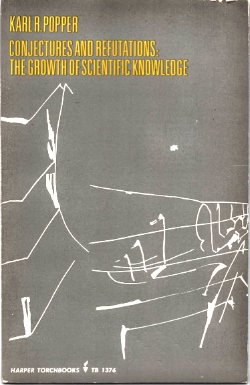Selected and Edited by Henry Bettenson
FROM THE COVER FLAP: This book presents a selection from the most important records of the history of the Christian Church from its beginning. It goes in all cases to official documents and other sources, and provides the general reader with many extracts, about most of which he may have heard, though he will have seen very few and will certainly not have them conveniently to his hand in one volume. The book opens with references to Christianity in the Classical authors, and continues with, among other subjects, the Relation of Church and State in the Roman Empire, the Formation of the Creeds, the Development of Doctrine, the Breach between East and West, the Empire and the Papacy, the Relations between Church and State….”
London. Oxford University Press. 1959. 479p.





















